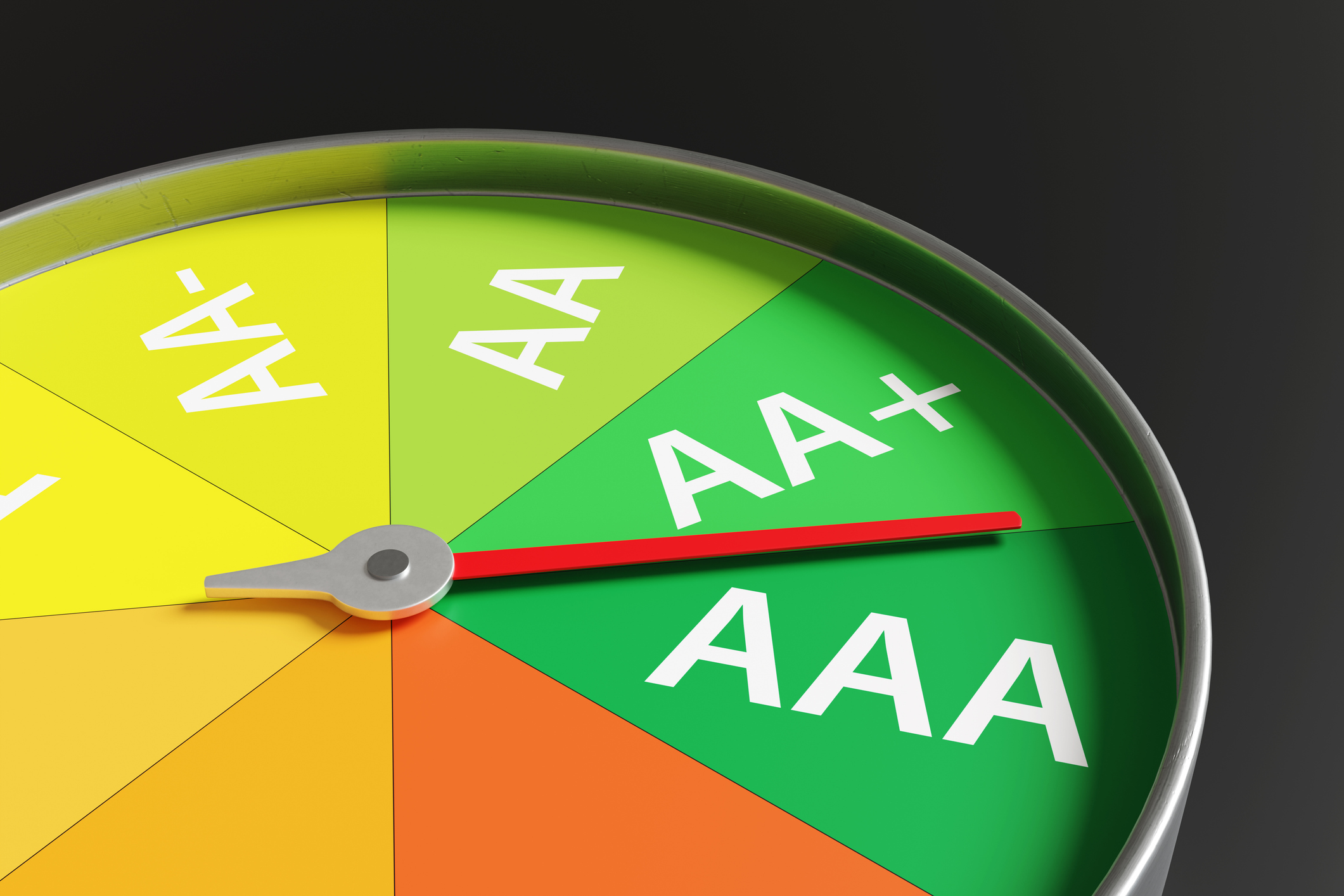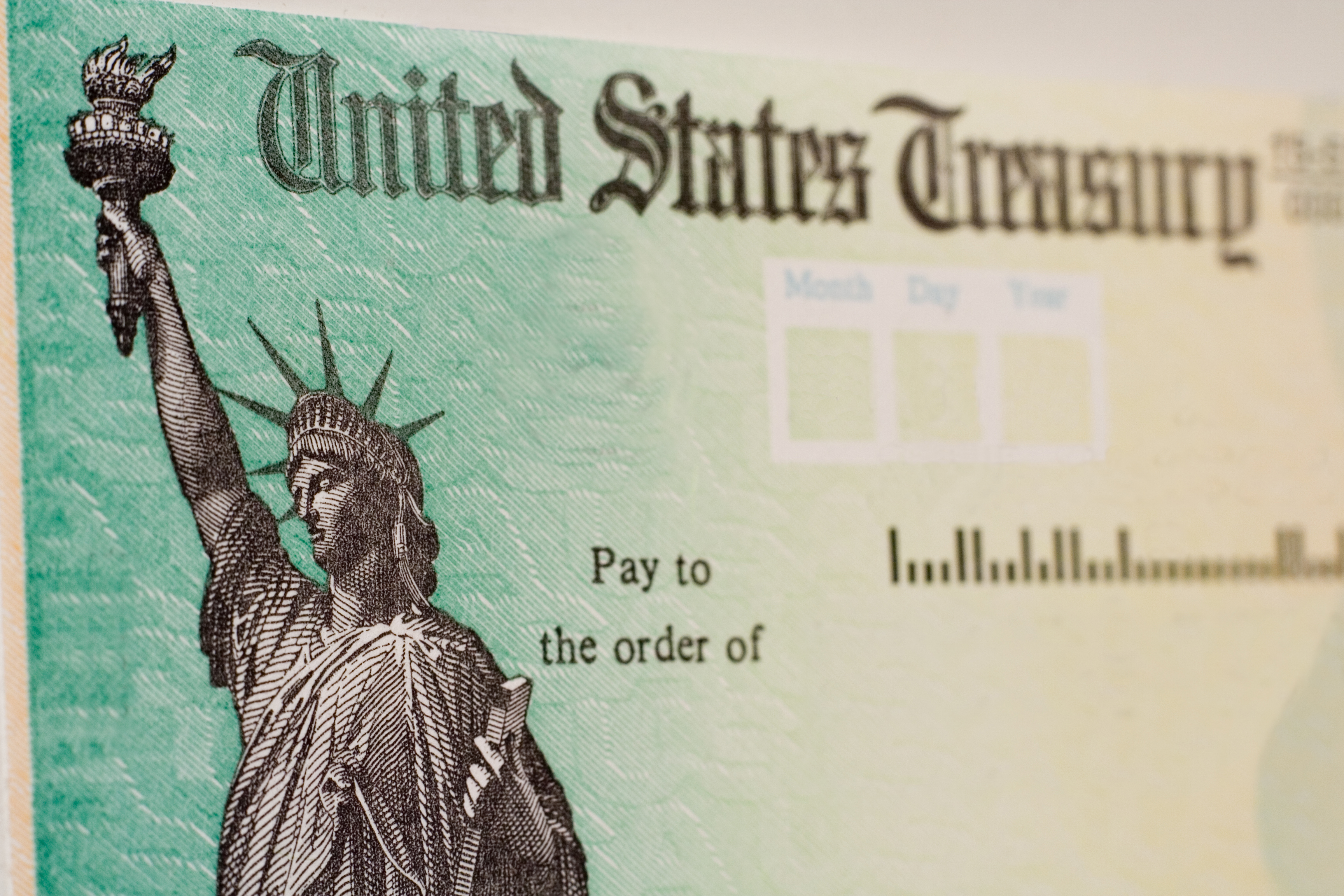How $5 and the Stash App Turned Me Into an Investor
Super-low minimums and smartphone accessibility make it easy for young investors to learn the ropes.


Five bucks, a smartphone, and boom: I'm an instant investor. With the Stash app, the investing world suddenly became more accessible and less intimidating to me.
I’ve only been a Stash user for a few weeks, but I’m impressed so far. The minimum investment—you only need $5 to get started—initially attracted me. Because I’m a first-time investor, the larger amounts required to open a traditional brokerage account put investing somewhat out of reach. But with Stash, I’m learning about markets and trading, along with learning about my tolerance for risk, without putting too much money on the line. I’m hoping these lessons will pay off down the road when I have a bigger nest egg to invest. In the meantime, there’s no excuse not to try the Stash app because my phone is always a few inches from me.
The key to Stash's success is that it narrows your investment choices to just a few suitable options, rather than leaving it up to you to pick from the many thousands of stocks, bonds and funds available to individual investors. How does it work? When I signed up for the app, I answered questions about my age, employment status, investment goals, risk tolerance, time horizon and so on. Based on that information, Stash assigned me a risk level, which helps determine the investment choices I have. Stash says I have a "moderate" risk level, when it comes to investing; other risk levels are "conservative" and "aggressive."
From just $107.88 $24.99 for Kiplinger Personal Finance
Become a smarter, better informed investor. Subscribe from just $107.88 $24.99, plus get up to 4 Special Issues

Sign up for Kiplinger’s Free Newsletters
Profit and prosper with the best of expert advice on investing, taxes, retirement, personal finance and more - straight to your e-mail.
Profit and prosper with the best of expert advice - straight to your e-mail.
The Stash app scores points for creativity by serving up investment choices in three relatable categories: I Believe, I Like and I Want. As the name suggests, the I Believe category lets you invest in your convictions, from clean energy to workplace equality. The I Like category offers investments in the things you, well, might like, from social media to shopping. The I Want category emphasizes choices that align with your investing goals, in particular your risk tolerance and time horizon, to make sure you will actually be able to get what you want.
Despite the monthly fee, I'm willing to stick with Stash once the free trial expires. I see the app as a way to build my investing chops and figure out who I am as an investor. I'm learning how to ride the market at the expense of a few soy lattes at Starbucks – calories I can do without anyway.
Profit and prosper with the best of Kiplinger's advice on investing, taxes, retirement, personal finance and much more. Delivered daily. Enter your email in the box and click Sign Me Up.

Rivan joined Kiplinger on Leap Day 2016 as a reporter for Kiplinger's Personal Finance magazine. A Michigan native, she graduated from the University of Michigan in 2014 and from there freelanced as a local copy editor and proofreader, and served as a research assistant to a local Detroit journalist. Her work has been featured in the Ann Arbor Observer and Sage Business Researcher. She is currently assistant editor, personal finance at The Washington Post.
-
 How to Safely Open an Online Savings Account
How to Safely Open an Online Savings AccountOnline banks offer generous APYs that most brick-and-mortar banks can't match. If you want to make the switch to online but have been hesitant, I'll show you how to do it safely.
-
 7 Ways to Age Gracefully Like the Best Stock Photo Seniors
7 Ways to Age Gracefully Like the Best Stock Photo SeniorsAs a retirement editor, I've gleaned valuable wisdom (and a lot of laughs) from one older couple that tops the seniors' stock photo charts.
-
 My First $1 Million: Banking Executive, 48, Southeast U.S.
My First $1 Million: Banking Executive, 48, Southeast U.S.Ever wonder how someone who's made a million dollars or more did it? Kiplinger's My First $1 Million series uncovers the answers.
-
 The Most Tax-Friendly States for Investing in 2025 (Hint: There Are Two)
The Most Tax-Friendly States for Investing in 2025 (Hint: There Are Two)State Taxes Living in one of these places could lower your 2025 investment taxes — especially if you invest in real estate.
-
 Bond Basics: Zero-Coupon Bonds
Bond Basics: Zero-Coupon Bondsinvesting These investments are attractive only to a select few. Find out if they're right for you.
-
 Bond Basics: How to Reduce the Risks
Bond Basics: How to Reduce the Risksinvesting Bonds have risks you won't find in other types of investments. Find out how to spot risky bonds and how to avoid them.
-
 What's the Difference Between a Bond's Price and Value?
What's the Difference Between a Bond's Price and Value?bonds Bonds are complex. Learning about how to trade them is as important as why to trade them.
-
 Bond Basics: U.S. Agency Bonds
Bond Basics: U.S. Agency Bondsinvesting These investments are close enough to government bonds in terms of safety, but make sure you're aware of the risks.
-
 Bond Ratings and What They Mean
Bond Ratings and What They Meaninvesting Bond ratings measure the creditworthiness of your bond issuer. Understanding bond ratings can help you limit your risk and maximize your yield.
-
 Bond Basics: U.S. Savings Bonds
Bond Basics: U.S. Savings Bondsinvesting U.S. savings bonds are a tax-advantaged way to save for higher education.
-
 Bond Basics: Treasuries
Bond Basics: Treasuriesinvesting Understand the different types of U.S. treasuries and how they work.